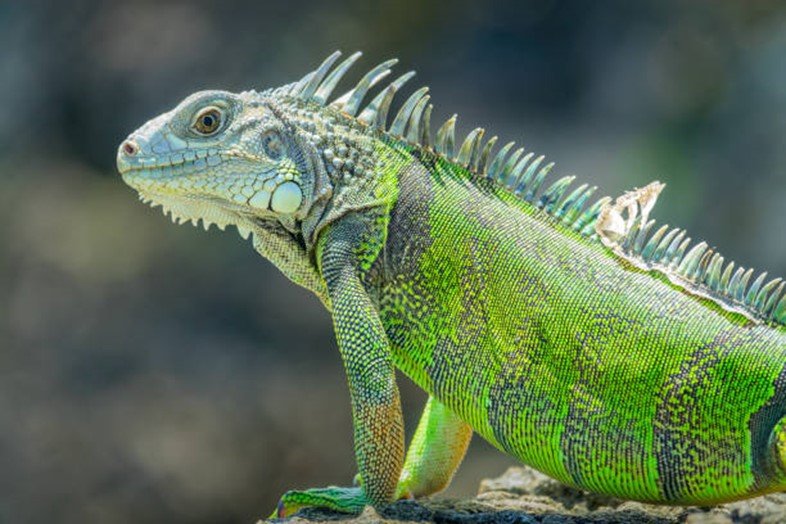
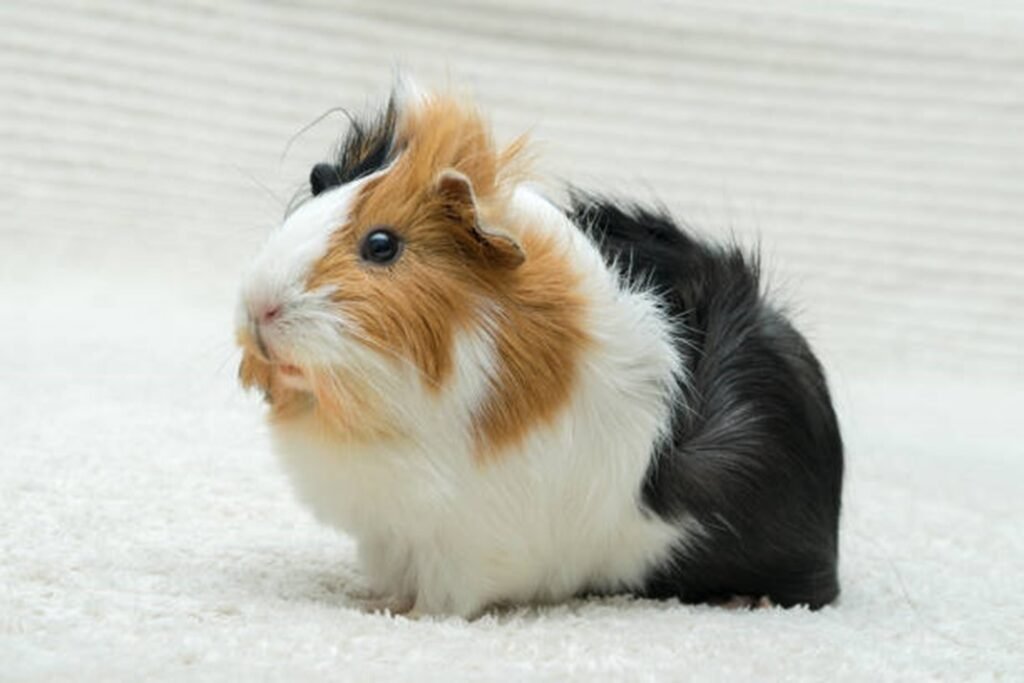
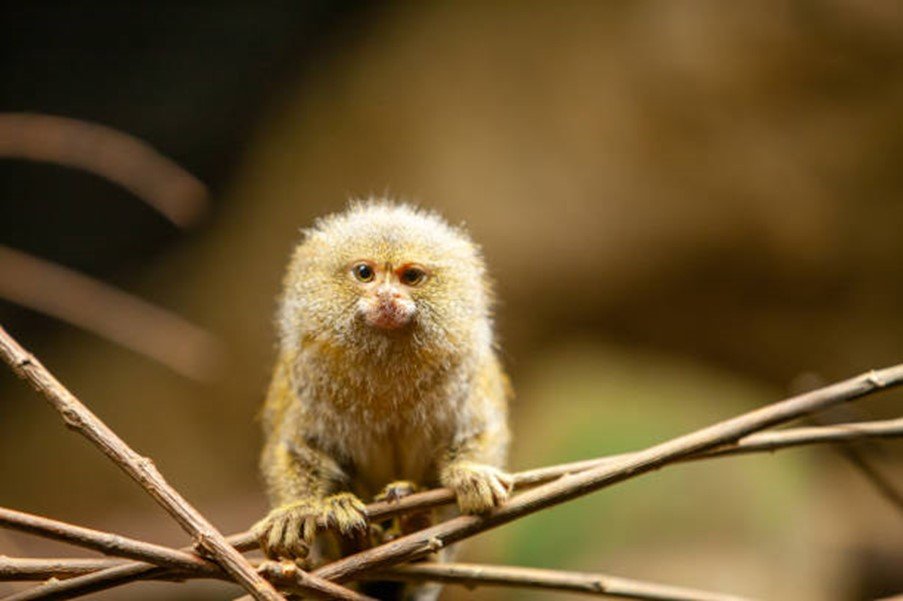
Top 10 Exotic Pets in India
When you want to explore the world of Exotic pets in India and add joy to your daily life, you can add these cute creatures as your pets.
No one can deny pet’s affectionate bond enriches our lives, offering unwavering companionship, comfort, and joy. The unconditional love and loyalty of pets create a unique, heartwarming dynamic that eases stress, reduces loneliness, and brings immeasurable happiness. Whether it’s the gentle purring of a cat, the excited wagging of a dog’s tail, or the melodious chirps of a bird, the love for pets is a universal language that speaks to the soul.
Let’s check out the Exotic Pets in India who are unusual, distinctive, and diverse animal species that you can own as pets. Their rates and a few other data are available here. You can also find out how much is legal to keep exotic pets in India.
Here we go:-
1.Guinea Pig:
These little creatures are not Pig family. A small, tamed rodent from South America is called a guinea pig. This species was domesticated by humans approximately 5,000 B.C., most likely from the Montane Guinea Pig. These days, the domestic variety—also referred to as “Cavies”—is a distinct species. Also, Guinea Pigs are more frequently used in laboratory and scientific contexts. Due to their meek and loving nature toward people, they are frequently kept as family pets and enjoy great popularity.
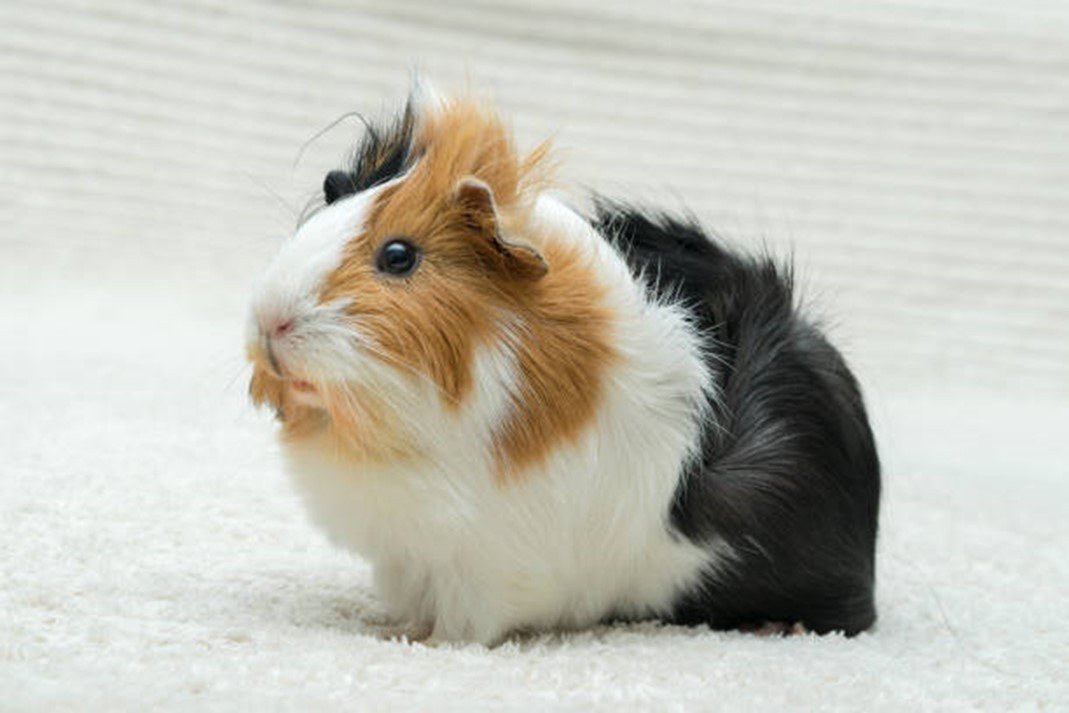
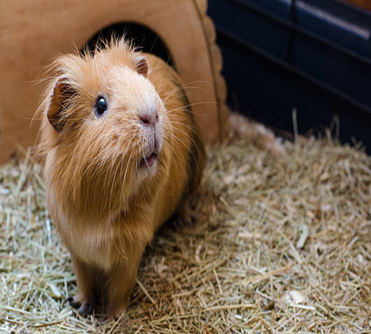
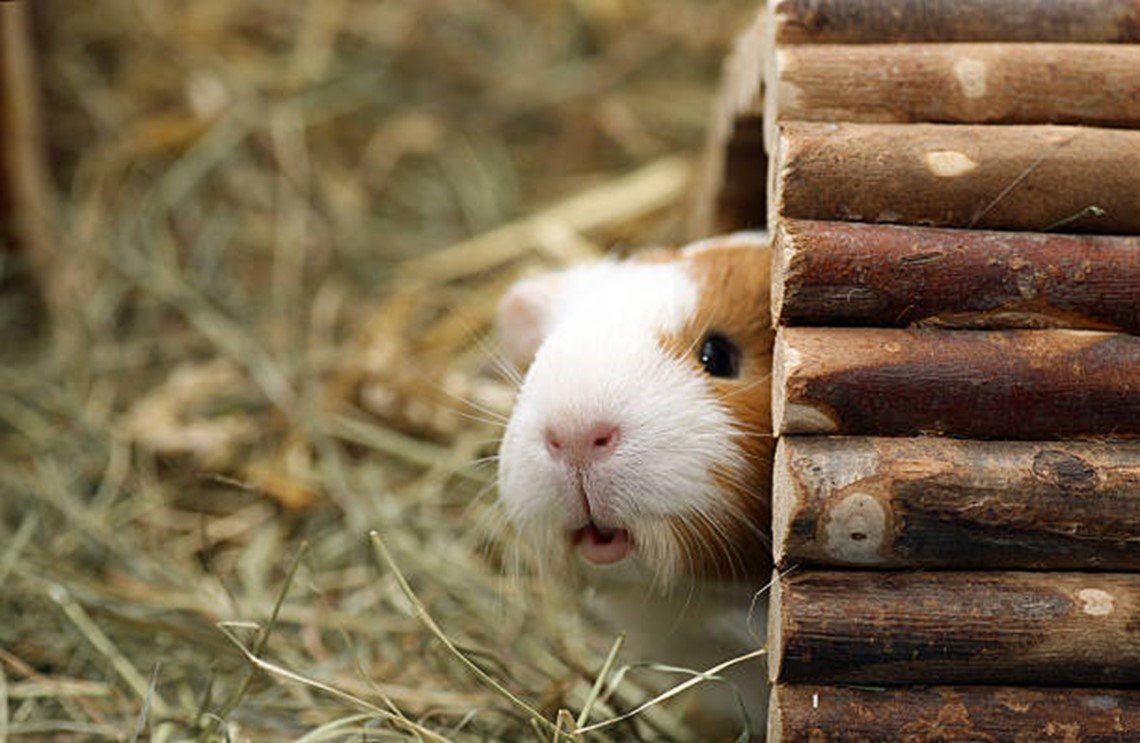
Food: Guinea pigs are fundamentally herbivores. That means they only eat fruits and vegetables; no dairy, eggs, meat, or insects for these tiny ones. Fresh hay and leafy vegetables should be the majority of your guinea pig’s diet. When choosing food for Guinea Pigs owners should keep Vitamin C infused in their diet and Guinea pig teeth are always growing so it’s important to give these little creatures something fibrous to chew on.
Environment: Cool and moderate!
Guinea pigs are indigenous to the Andean area of South America, where the temperature is calm and moderate. Thus, it is imperative to replicate a similar temperature in their living habitat. The optimal temperature range for guinea pigs is 65-75 degrees Fahrenheit (18-24 Celsius). Guinea pigs are pooping machines! They poop all the time because they are constantly grazing. This is normal, so don’t worry. You may just have to clean the cage a bit more frequently.
Life Span: Guinea pigs have a four to eight-year life expectancy. Some experts believe that the majority will live for little more than seven years. This variation could be attributed to the large range of genetic and environmental conditions that individual guinea pigs endure
Price: The price range starts between from Rs 500 per piece and an American Guinea pig will range between Rs1700 per piece
Legality: Guinea Pigs are not prohibited because they’re considered domestic animals. No as such documentation is needed to keep a Guinea Pig as they are of rodent family and can be kept in cages. Hence you can flauent these pets as exotic pets in India region
2. Siamese Cat:
The Siamese are notable for both their voice and their appearance. Both active and sociable Siamese cats enjoy humans of all ages, especially children, cat-friendly pets, and other cats. They will “talk” to you and will try to attract your attention. The attractive short-haired breed of domestic cat originated in Thailand. Siamese cats are a very bright, nimble, and acrobatic breed that need constant interaction or an assortment of toys to keep them entertained.
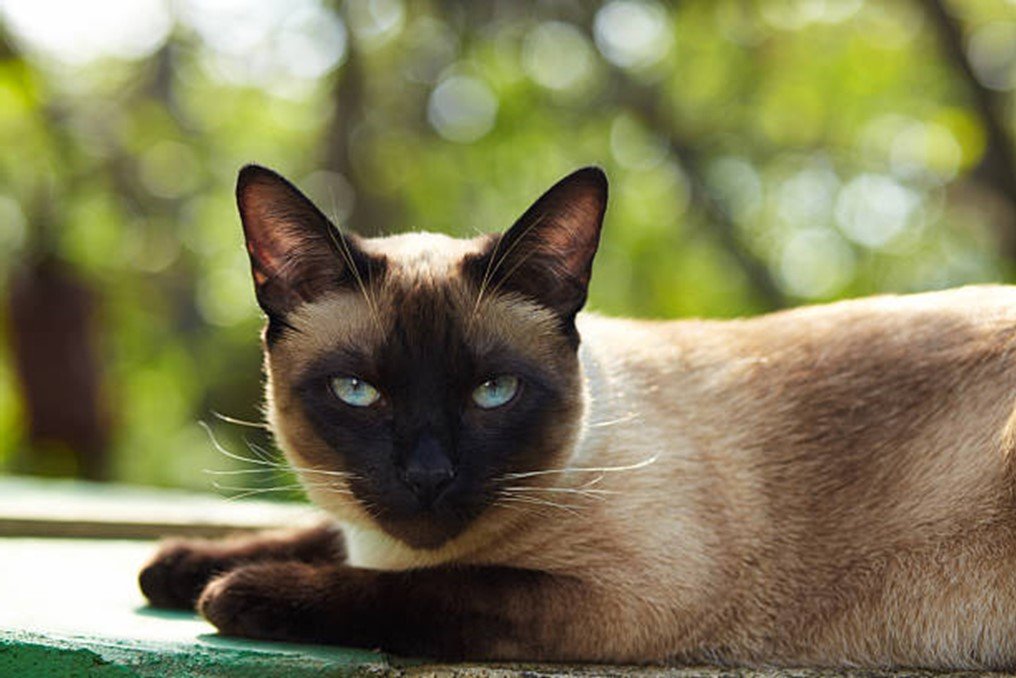
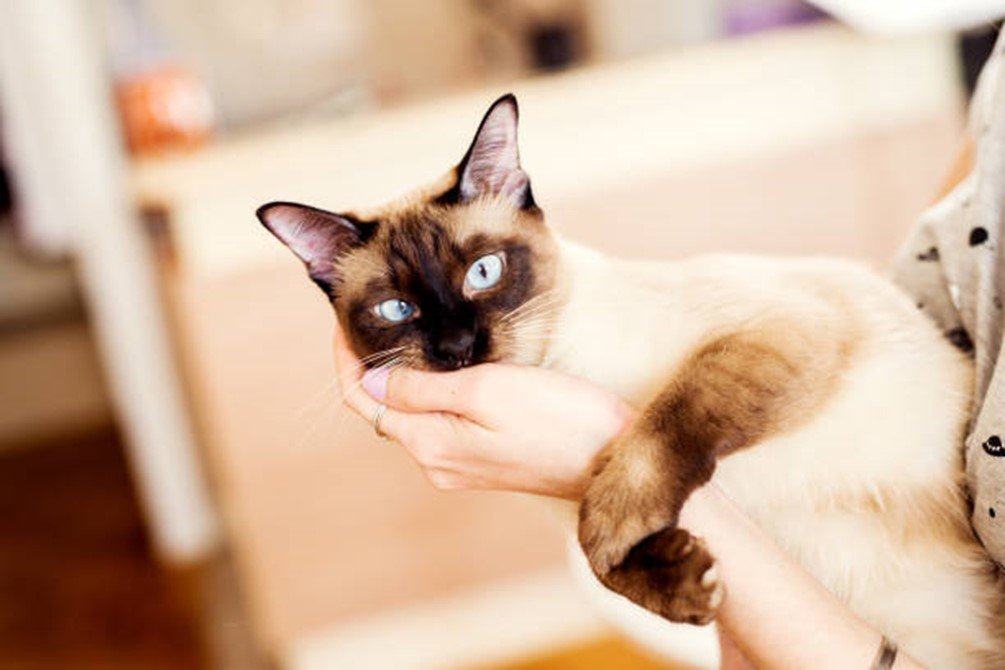
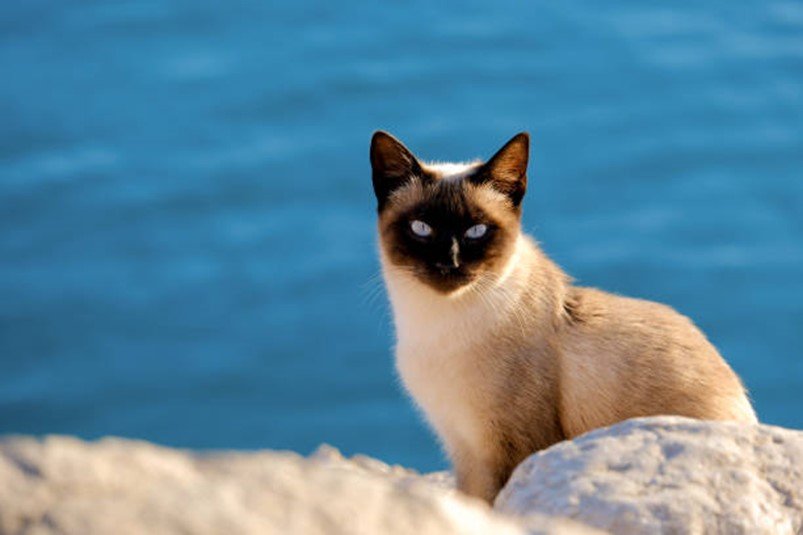
Food: Siamese cats, like all other varieties of cats, are carnivorous. Protein and other minerals are essential for feline health. Remember that cats have difficulties digesting plant-based foods, so even protein-rich plants like beans are not a viable option. Chicken, Fish , Beef Tallow, Poultry By-product Meal, Egg Product, Fat can be good options for cat food. Water helps them stay hydrated. Dehydration may cause a variety of health issues in cats, so it’s critical to ensure they get enough water. Siamese cats are prone to dehydration owing to their rapid metabolism; thus water is very crucial to them. It helps clear away pollutants.
Environment: The Siamese is a breed that originated in Thailand, thus it is better suited to tropical and damp regions than cold climates. When the cold winter hits, the Siamese cat’s sleek coat does not provide adequate insulation for outside activities. Siamese cats darken with age, and mature Siamese in warm areas have lighter coats than those in regions with colder temperatures.
Life Span: Siamese cats may live for up to 15 years on average, with some reaching 20 years old. People enjoy Siamese cats because they are kind, energetic, and amusing. Siamese cats may be trained because of their cerebral demeanor.
Price: Siamese cats are expensive to acquire and keep. Siamese cat prices in India can vary greatly depending on a number of criteria, including ancestry, age, coat color, and the breeder’s reputation. On average, the price of a Siamese cat from a reputed breeder in India ranges from Rs 15,000 to Rs 80,000 or more.
Legality: Yes it is legal to have them in India, there is no need to have a license to keep them. Hence you can keep them as exotic pets in India region.
3.Pygmy Marmoset:
The pygmy marmoset is the world’s smallest monkey and one of the tiniest mammals, found in the jungles of South America’s Western Amazon Basin. It has brown fur and a long tail like a squirrel, but it’s actually a pygmy marmoset, the world’s tiniest monkey! Pygmy marmosets love to live in deep rainforests with plenty of hiding spots amid the foliage. Pygmy marmosets are vulnerable to predators such as cats, harpy eagles, hawks, and snakes due to their tiny size. That is why they rush from one secure location to the next. Their neck is flexible, and they can swivel their heads backward to see predators.
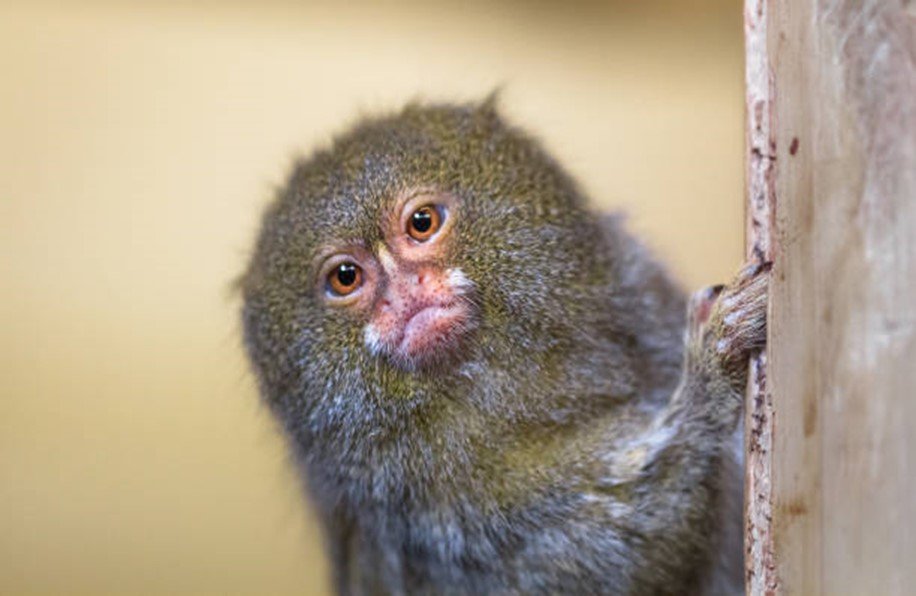

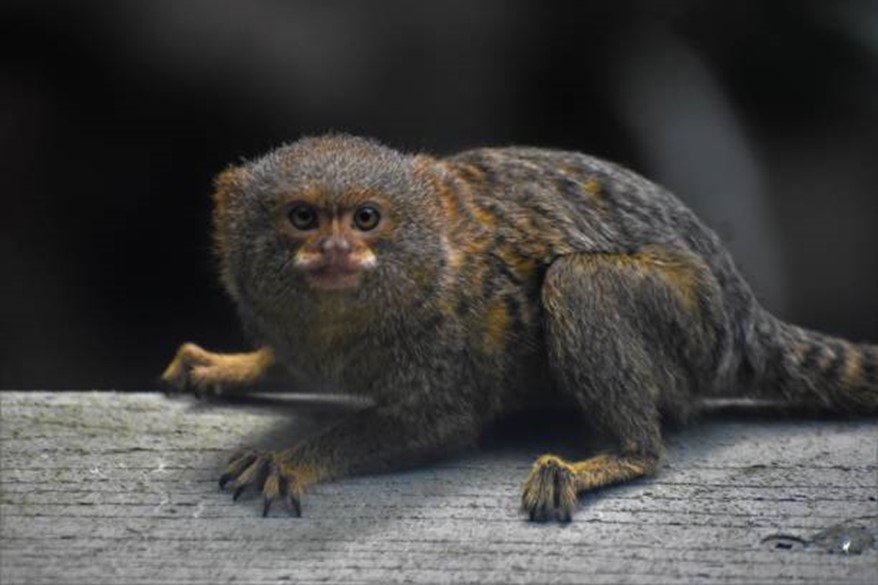
Food: Pygmy marmosets are both herbivorous (frugivorous, gumivorous, nectarivorous, folivorous) and carnivorous (insectivorous). They consume a broad variety of foods, including nectar, fruit, leaves, and insects. However, their principal food source is gum or tree sap. They cut holes in the bark of sap-producing plants, vines, and trees using a specific pair of teeth designed for this function.
Environment: The range of the climatic temperature is 23 to 28 degrees Celsius.Level of humidity: 40-70%. When it’s chilly outside, marmosets could choose to go outside, but they need to be able to get back inside if needed. Since they can get frostbite, they shouldn’t be exposed to extremely low temperatures (minimum recommended temperature: 5°C). Environments that are clean and hygienic are important to them. Excreta and stale meals ought to be avoided. The enclosure should be carefully cleaned every one to two months. For marmosets, scent marking is essential, and washing shouldn’t completely remove recognizable odors.
Life Span: Although pygmy marmosets can live up to 20 years, it is known that their lifespan in the field is shortened due to their propensity to fall from trees.
Price: In India, the normal cost of a marmoset monkey can range from 4 lakh to 10 lakh rupees. In India, the cost of a marmoset monkey can vary based on a number of factors, including where you get it, its age, gender, and availability.
Legality: Since you are not allowed to keep animals that are native to India under the Indian Wildlife Act, owning Pygmy marmosets is permitted in India. Nonetheless, you are can keep them as exotic pets in India as they are not originated in this region.
4.Fennec Fox:
While being the smallest fox in the world, the fennec fox seems to have borrowed its huge ears which measure six inches from a larger relative. North Africa, including the sandy Sahara, is home to fennec foxes. In addition to various physical modifications, their nocturnal habits enable them cope with the intense heat of the desert habitat. The smallest species of fox is the fennec. Its renal functions, ears, and coat have all adjusted to the hot, dry climate of the desert. The indigenous peoples of North Africa value the fennec’s fur, and in certain regions of the world, it is regarded as an exotic pet.
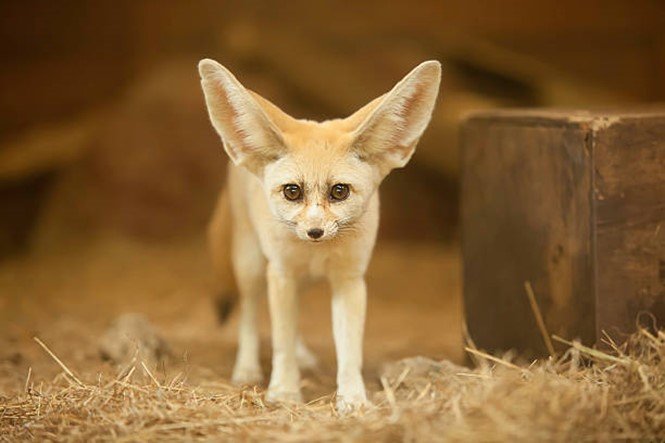
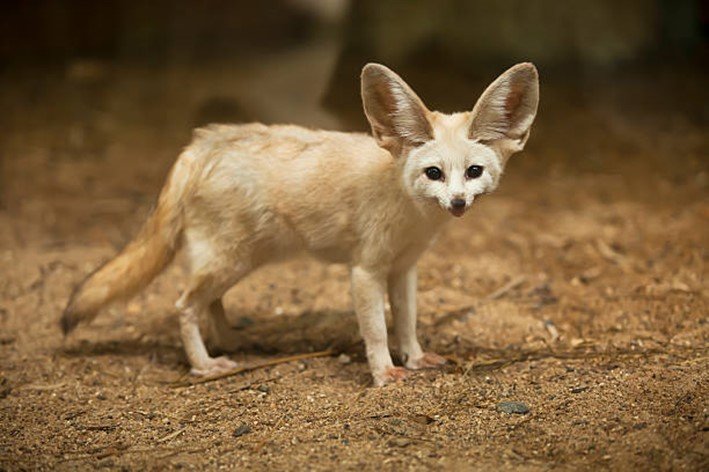
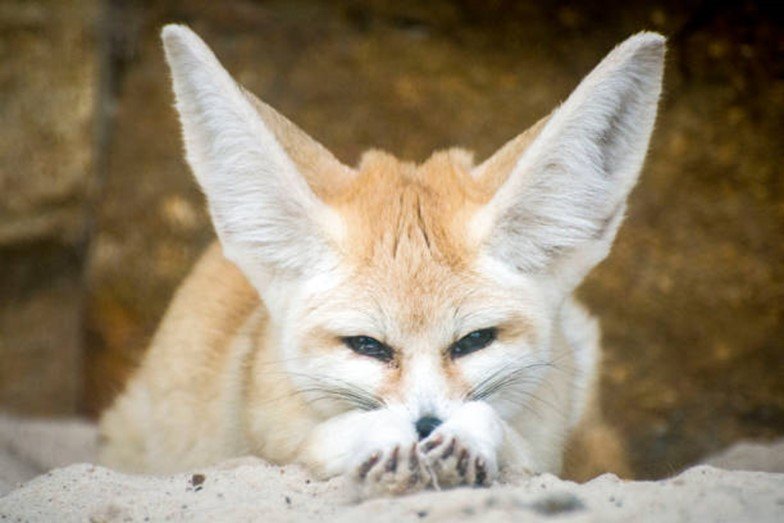
Food: Fennec foxes are flexible eaters that will consume nearly everything in the wild, including plants, rodents, insects, and reptiles. The locusts, grasshoppers, lizards, birds, eggs, fruits, and leaves are among the foods that fennec foxes most enjoy. They don’t drink much water, thus they need to eat a range of these things. You should make sure that your pet has access to water even though fennec foxes may go extended periods of time without drinking. It does not reside outside in the wild, but rather within your house. The food of farmed fennec foxes should be as close to their native diets as feasible.
Environment: Due to their desert origins, fennec foxes are used to hot, dry weather. They require a dwelling area that is dry, warm, and between 68 to 86°F in temperature. Because of their poor tolerance for humidity, keep their living space dry and well-ventilated.
Life Span: The longevity of fennec foxes is similar to that of domestic dogs and cats. A fennec fox’s typical lifespan in the wild is ten years. The average lifespan of a fennec fox kept in captivity or as a pet is around 14 years. Many of the same illnesses that affect dogs and other canids can also affect fennec foxes.
Price: A Fennec Fox typically costs between 160,000 and 3 lakh rupees in India. A Fennec Fox’s price in India might vary depending on several aspects, including as where it’s purchased, its age, gender, and availability.
Legality: As, Fennec fox is not native of India, India’s laws on exotic pets do not forbid open ownership of fennec foxes.You can keep these litle creatures as Exotic Pets in India region by following the measures.
5. African Pygmy Hedgedog
West and Central Africa are the natural habitats of the African pygmy hedgehog.The term “pygmy” refers to their little stature. They have long, pointed snouts that are often pink or brown, and dark noses. In addition, they have oval brownish ears, round black eyes, and short white hair on their cheeks, brows, and belly. Because of their nature, hedgehogs curl up into spiky, grumpy balls to defend themselves, especially when you initially bring them home until they get used to your smell and handling. Remember that they are nocturnal animals as well, meaning that nighttime hours are when they will be most active. African pygmy hedgehogs are a genuinely unusual exotic pet choice, with faces as cute as their quills are spiky
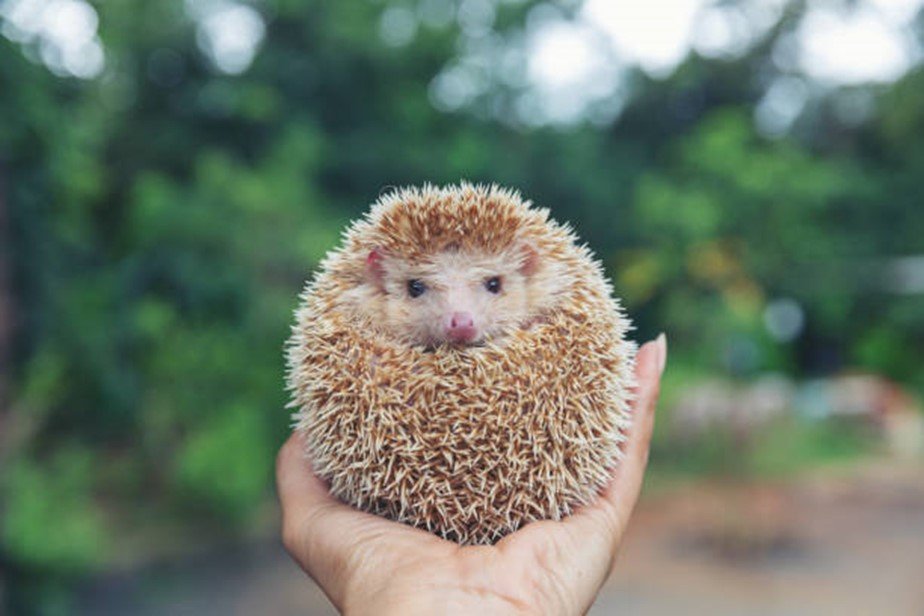
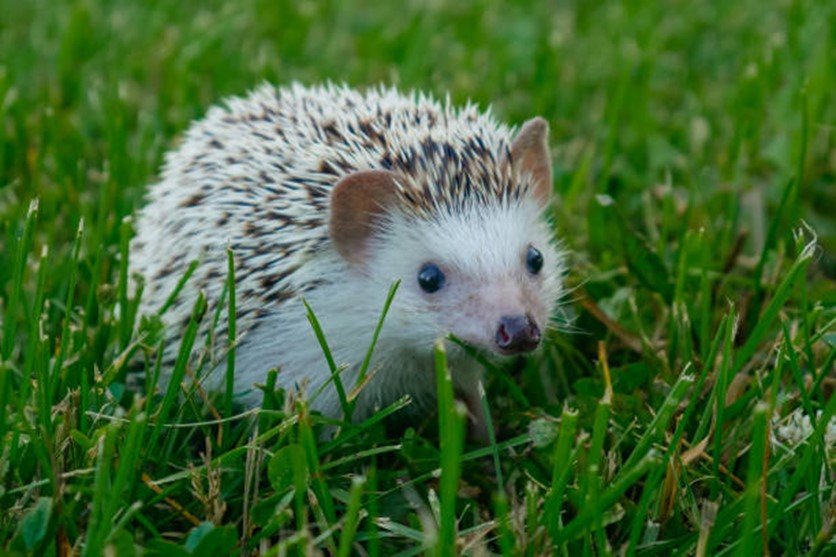
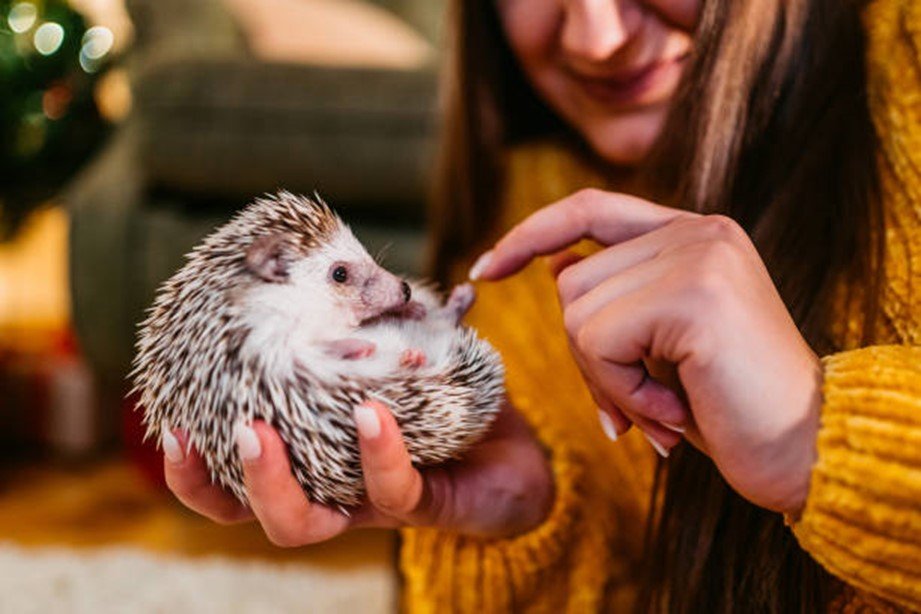
Food: Your African Pygmy hedgehog needs to eat the right food in order to stay happy and healthy. The typical diet of an African Pygmy Hedgehog includes dry cat food, insects like mealworms, and fruits. But, certain cat meals may be heavy in fat, which may cause your hedgehog to put on weight. Premium dry cat food or dedicated hedgehog food that is based on poultry and has a protein to fat ratio of 34% to 15%
Environment: Since African Pygmy Hedgehogs do not build fat reserves to endure hibernation, they should be kept at a consistent temperature of about 26 degrees Celsius. Enclosure or cage selection is crucial for the health of your African Pygmy hedgehog. They will be less likely to escape and damage themselves around your house if they have enough room to go about securely. Hedgehogs require a lot of exercise, thus their vivarium has to include a wheel.
Life Span: The lifetime of African Pygmy Hedgehogs in the wild is only one to three years. This is due to the fact that they are always in danger from predators and other threats. Additionally, they are vulnerable to illnesses like Wobbly Hedgehog Syndrome and cancer. African Pygmy Hedgehogs can live up to 3 to 5 years as pets, and some can survive up to eight or nine years.
Price: In India, the typical cost of an African pygmy hedgehog is between 10,000 and 25,000 -/Rs. Prices for hedgehogs might vary based on factors including availability in your area, breeder, gender, and location. A hedgehog’s incredibly distinctive characteristic makes it very easy to recognize. In my opinion, it resembles a rat with spikes on its back. Its nose is quite long.
Legality: In India, African pygmy hedgehogs are often permitted. Make sure they are not illegal Desi hedgehogs, though; only foreign varieties could be permitted. However, you have to visit your neighbourhood police station and inquire about their legality as well as any paperwork requirements. By checking all the parameters you can keep these Hedgedog as Exotic Pets in India.
6. Iguana:
Tropical regions of Mexico, Central America, South America, and the Caribbean are home to the herbivorous lizards in the genus Iguana.Iguanas are among the biggest lizards in the Americas and are cold-blooded, egg-laying creatures. The species they belong to determines their size, color, behavior, and special adaptations.Iguanas inhabit a range of environments, including lowlands, deserts, rocky areas, marshes, and rainforests, depending on the species.The hues of iguanas vary, ranging from almost golden to vivid green to gray. Some have orange or red highlights on their legs, appendages, and spines. While elderly people tend to fade into yellow, gray, or a combination of both, younger people tend to be a brighter shade of green.
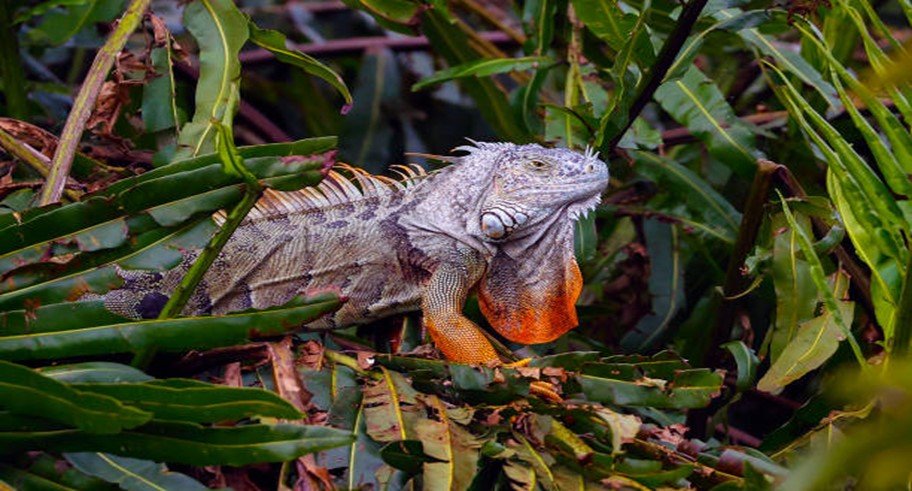
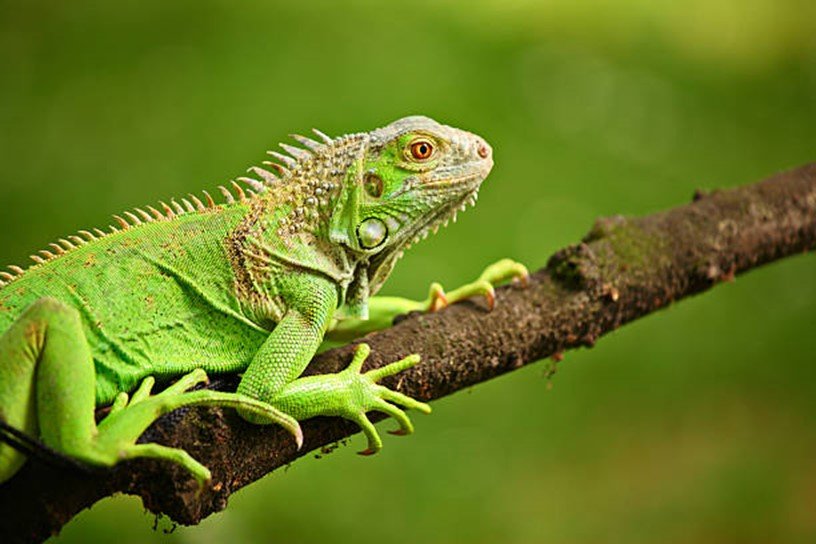
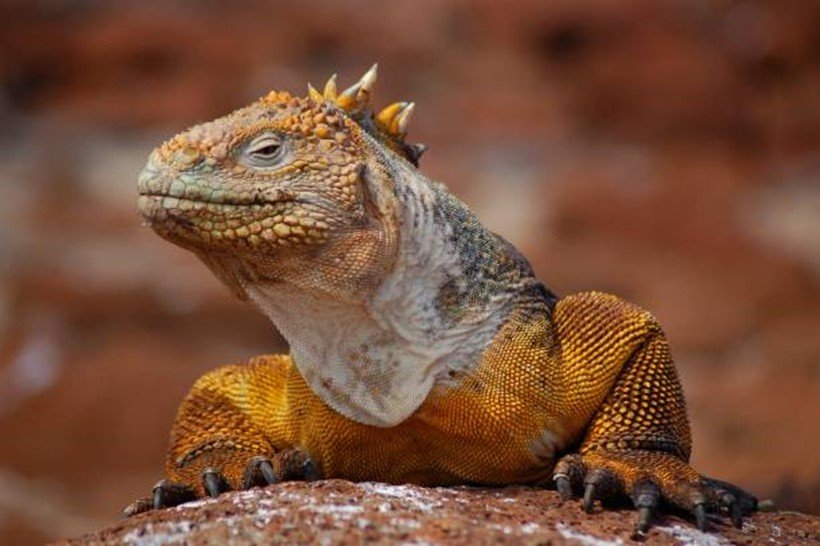
Food: When they are young, green iguanas are omnivores, but as they become older, they virtually exclusively eat plants. When they are young, green iguanas mostly consume insects and snails; as they become older, they start eating fruits, flowers, and leaves. They can shred leaves thanks to their strong fangs.The majority of herbivorous iguanas, including rock, blue, and green iguanas, don’t have a very particular preference when it comes to the plants they eat. Iguanas have a vast variety of dietary options because most of them inhabit tropical and subtropical areas with plentiful plant life.
Environment: Like certain other reptiles, iguanas require a focal hotspot in their enclosures that should be heated to around 36.5° Celsius (98 degrees Fahrenheit).The majority of commercially made cages are insufficiently large for iguanas. Custom-built cages with several ramps, shelves, and branches that this tree-dwelling species may climb are preferred by many iguana owners. A solitary iguana should have a suitable enclosure measuring around 12 feet length, 6 feet wide, and 8 feet tall. A lot of folks even decide to turn a huge closet or a room into their iguana’s habitat. Remove uneaten food, excrement, shedded skin, and other visible waste from your iguana’s enclosure every day to keep it clean. Clean the food and water dishes every day as well. To clean its primary enclosure, transport your iguana once a week to a makeshift cage.
Life Span: Surprisingly lengthy lifespans are a common characteristic of most iguana species, especially when contrasted with other reptiles such smaller lizards, snakes, and tortoises. The Iguanidae suborder has more than 40 distinct species, and their lifespans range greatly, from three years to seventy years. But a lot of factors other than species determine how long iguanas live!
Price: The cost of an iguana can vary greatly in India based on factors such as its morph, age, and gender. In India, the typical cost of a green iguana is from 10,000 to 15,000 rupees. On the other hand, the cost of some of the other morphs might range from 40,000 to 1,00,000 rupees or even more.
Legality: Although they are not native to Indian region, iguanas may be found roaming free in certain areas of the nation. There is no legal restriction on owning or trading iguanas. It’s legal to keep Iguana as an Exotic pets in India.
7. Sugar Gliders:
Native to Tasmania, several nearby islands, Papua New Guinea, eastern Australia, and portions of Indonesia are sugar gliders. They live in tree hollows and may be seen gliding from tree to tree in the rainforests. They are rarely on the ground.A tiny, nocturnal, arboreal, the sugar glider glides through the night. Possums around the size of a hand, sugar gliders can go half the distance of a soccer field in a single glide. Its love of sweet foods like sap and nectar, as well as its ability to soar through the air like to a flying squirrel, are referenced in the common name. Popular pets, sugar gliders are affectionate, fascinating, active, and inquisitive creatures. They may have a rodent-like appearance, but they are actually little marsupials that are related to koalas and kangaroos. The gliding membrane, a stretch of tissue that connects the wrists and ankles of these big-eyed marsupials, is the source of the animal’s name.
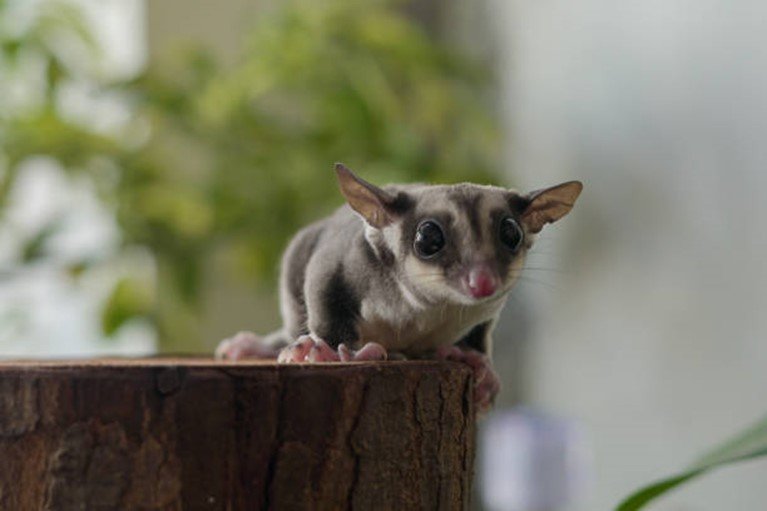
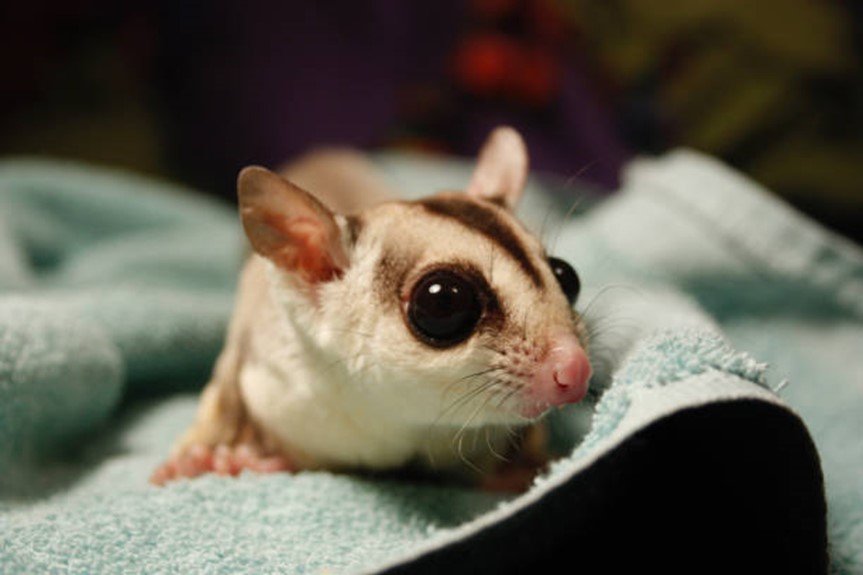
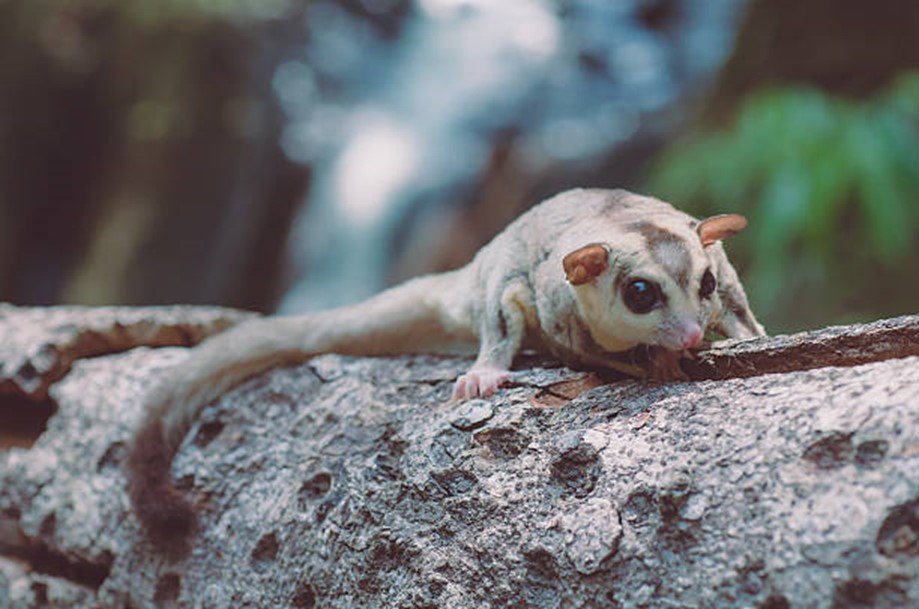
Food: Small nocturnal creatures, sugar gliders were first seen in the trees of Australia and New Guinea. In the wild, they eat a mix of insects, small animals, and sweets from the forest. Being omnivores, they modify their diet according on the weather and the time of year. Sugar gliders eat pollen, insects, larvae, spiders, gum, plant flowers, and nectar when they are in the wild. Because of the difficulty of replicating this constantly shifting diet in captivity, farmed sugar gliders often have inadequate nutrition. The food of a pet sugar glider should try to replicate the diet of the species as much as possible. Sugar gliders only weigh between three and five ounces, thus they only need to eat around 15-20% of their body weight each day.
Environment: By licking their coats, exposing the wet region, and consuming little amounts of water, sugar gliders are able to withstand ambient air temperatures as high as 40 °C (104 °F). Sugar gliders may curl up together in cold weather to prevent heat loss and will go into torpor to save energy. It is crucial for the sugar glider to reach its maximum body mass by fat content in the fall (May/June) in order to endure the next cold season because of its low energy and heat output. Spot cleaning the cage every day and doing a deeper cleaning of the housing, toys, and accessories once a week are crucial. It’s crucial to perform many cleanings every week if you have several sugar gliders in the same habitat.
Life Span: With appropriate husbandry (care) and veterinary attention, the average sugar glider may survive for 12 to 15 years. The oldest sugar glider ever recorded made it to over eighteen years old. In the wild, they seldom survive this long, largely because of natural predation.
Price In India, the cost of a sugar glider can vary from Rs. 15,000 to Rs. 20,000. One sugar glider may be purchased for around Rs. 18,000 on average, however the price can vary based on a number of factors, including the city in which you are purchasing, whether you are purchasing from breeders or pet stores, and much more.
Legality: Since sugar gliders are unusual creatures, India usually permits them. It is legal to own sugar gliders as pets in India. So you can keep the tiny cute sugar gliders as exotic pets in India.
8. Red/Golden Handed Tamarin:
The magnificent Golden-Handed Tamarin, sometimes referred to as the Midas Tamarin, is still one of the most amazing animals South America is home to red-handed tamarins. They are indigenous to Brazilian, Guyana, French Guiana, Suriname, and perhaps Venezuelan forested regions north of the Amazon River. These tamarins inhabit secondary habitats close to towns and cities in addition to the wet forest and savanna forest. The golden hair on its hands and feet contrasts sharply with its black color, making the Red-handed tamarin easy to identify. Its scientific name really alludes to the legend of the Midas king, who could convert anything into gold by touching it. Red-handed tamarins move quadrupedally and have claws on all fingers save the big toe.
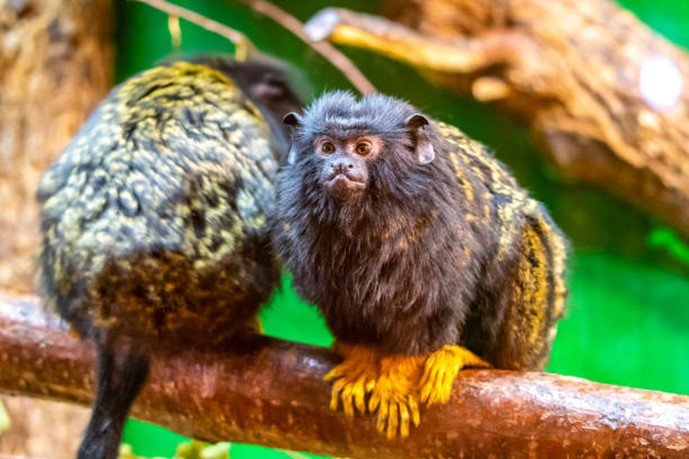
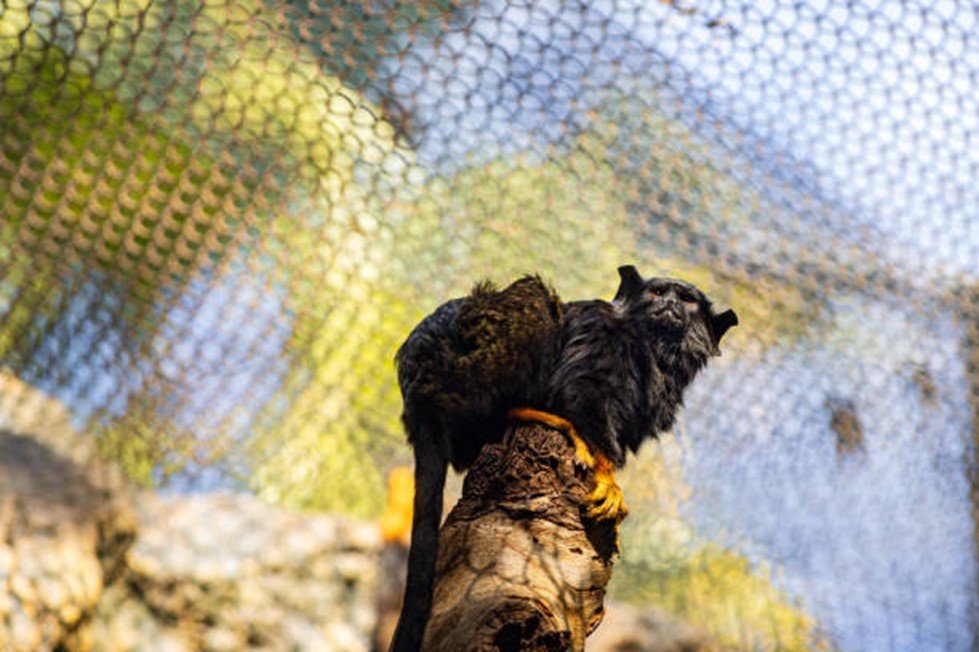
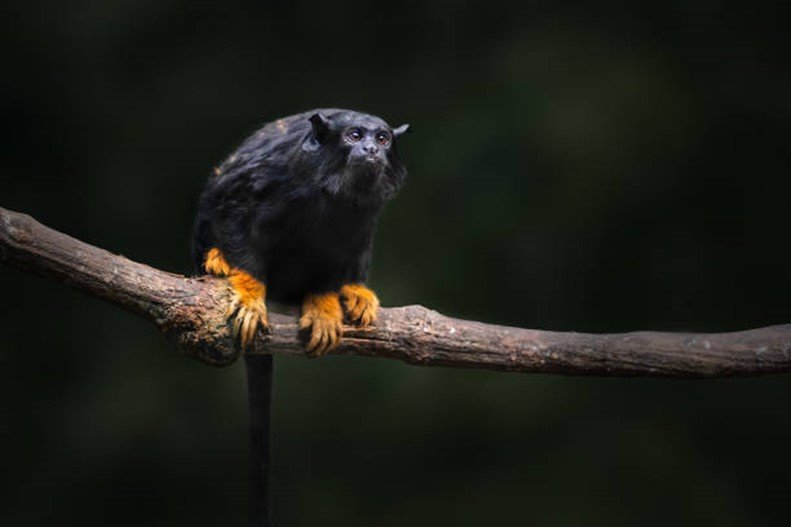
Food: They are swift and nimble, and they can jump nearly 60 feet (18 meters) from a tree to the ground without showing any signs of harm. Tamarins with red hands are omnivores. Fruit, flowers, insects, frogs, spiders, lizards, and nectar make up their food. When favoured fruits are not accessible, people typically turn to plant gums and saps as backup meals to ensure they get adequate energy. These tamarins probably have a very flexible diet because of the variety of locations they live in.
Environment: When kept as pets, tamarinds need a roomy cage to allow them to play and climb. A cage that is three feet wide, three feet long, and seven feet high is the minimum dimensions required for a single adult Tamarin. Bigger is usually preferable, though. Enclosure bars must also be spaced no more than half an inch apart. By doing this, you can stop your pet from reaching outside the cage to open the entrance. The floor of the cage should ideally be covered in thick blankets of three inches of foam. Your Tamarin needs large climbing branches in the cage so that it may leap, climb, and play.
Life Span: Less than half of newborn tamarins survive their first year of life; the young tamarins are weaned after barely 90 days. If they do, they should live for eight to fifteen years.
Price: It is expensive to keep these creatures as this is an endangered animals so, The red/golden handed tamarin cost near 2lakh – 5lakh in India.
Legality: Its is legal to keep Red/Golden Handed Tamarin as a pet in India and there is no violation of any Wildlife laws. Taking care of all the legal parameters of law yo can keep this exocytic monkeys. Hence you can keep the gorgeous Tamarin as Exotic Pets in India.
9.Palm Cockatoo:
Australia is home to the black palm cockatoo, especially in the far north of Queensland. Additionally, Indonesia and New Guinea are currently home to this species. Usually found in rainforests and woods, these birds build their nests in hollow trees. It has noticeable red markings on its cheeks and a huge black beak. The black palm cockatoo can be a good pet, but don’t expect it to be as affectionate as many other parrots. To tame this species, the bird requires a lot of attention and consistent training
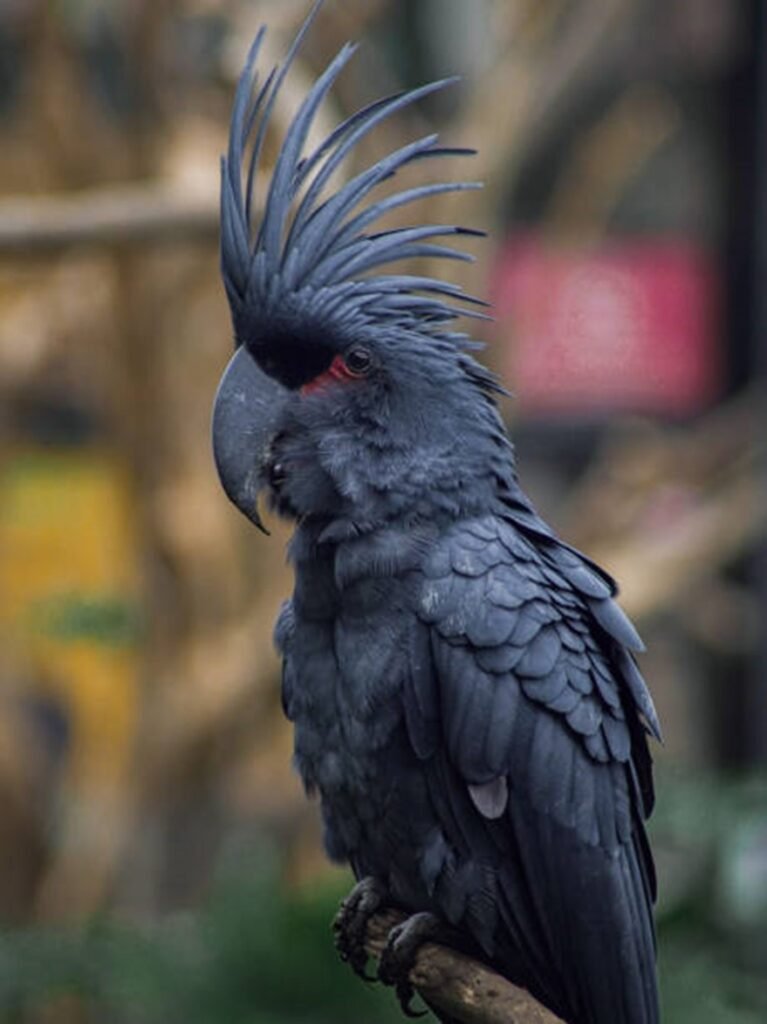
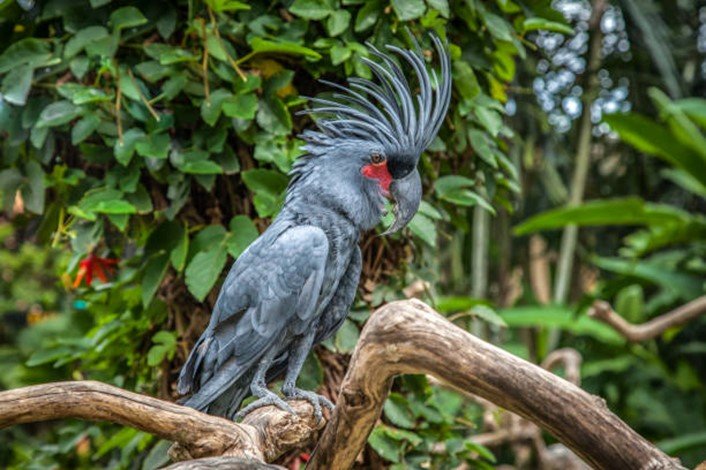
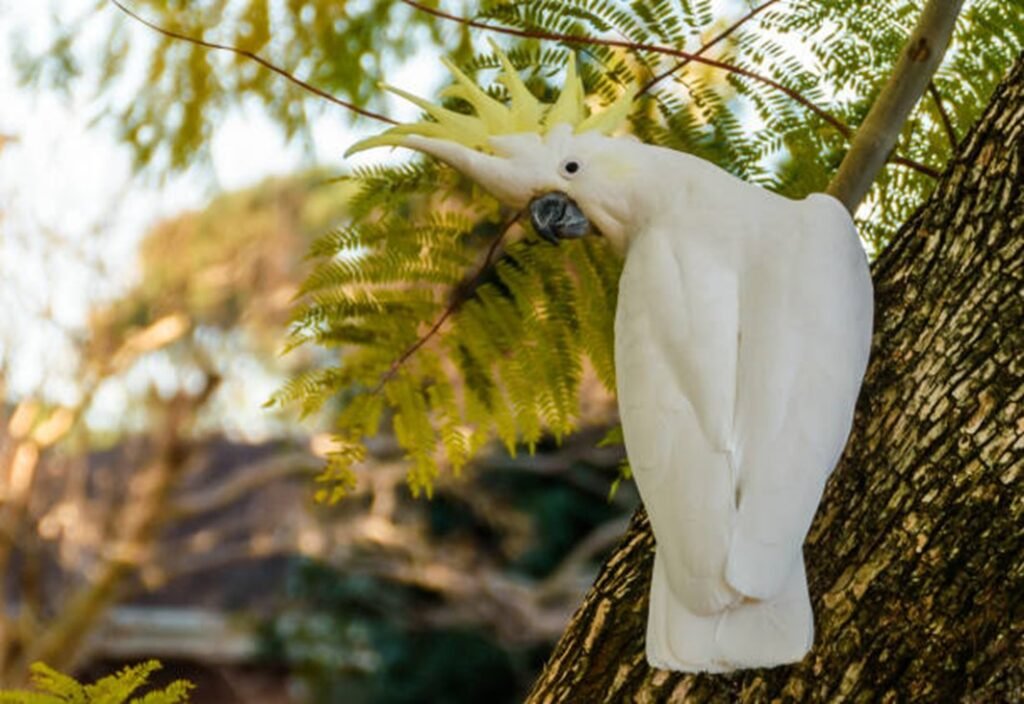
Food: Known as frugivores, palm cockatoos are herbivores. The main foods they eat are the nuts from the kanari tree and pandanus palm fruit that grows wild. They may also consume the fruit of the Eucalyptus, and Darwin stringy bark trees, as well as the seeds of the black bean, beach almond, and cocky apple trees. They will occasionally consume insects and larvae.
Environment: Loud and chatty personalities are characteristic of palm cockatoos. Their call is strong and unique, and it may be fairly loud, especially in the breeding season. Having this continuous noise might be annoying in a home, especially if there are tight quarters or flats. It takes time, patience, and consistency to educate palm cockatoos to be quieter or to reduce their vocalizations. Prospective owners should take precautions to lessen the disturbance to themselves and their neighbours and be ready for the potential of coexisting with a loud bird.
Life Span: It is unknown how long wild palm cockatoos live. In the wild, other cockatoo species have a lifespan of 40–60 years. Cockatoos kept in captivity can live to be over 100 years old.
Price: In India the price may vary from place to place, generally it starts from between Rs 1,50,000 to Rs13,00,000. Black Palm Cockatoo can go up to Rs15, 00,000
Legality: This exotic bird has no prohibition in India. It is legal in India and can be kept as a pet.
10. Toucan
A group of more than forty species of brightly coloured birds known as toucans are indigenous to the woods of southern Mexico, Central America, and South America. The aracaris, toucanets, and toucans are members of the toucan family of birds, and they are all recognized for having enormous, vibrant beaks that, in some cases, are longer than their entire bodies. Being extremely gregarious, toucans tend to gather in groups of twenty or more birds. Being incredibly loud birds, these colourful birds communicate with one another by making a variety of sounds, which are probably meant to indicate suitable feeding locations or warn of danger. A toucan’s ability to squeeze into narrow tree spaces is demonstrated by its long tail.
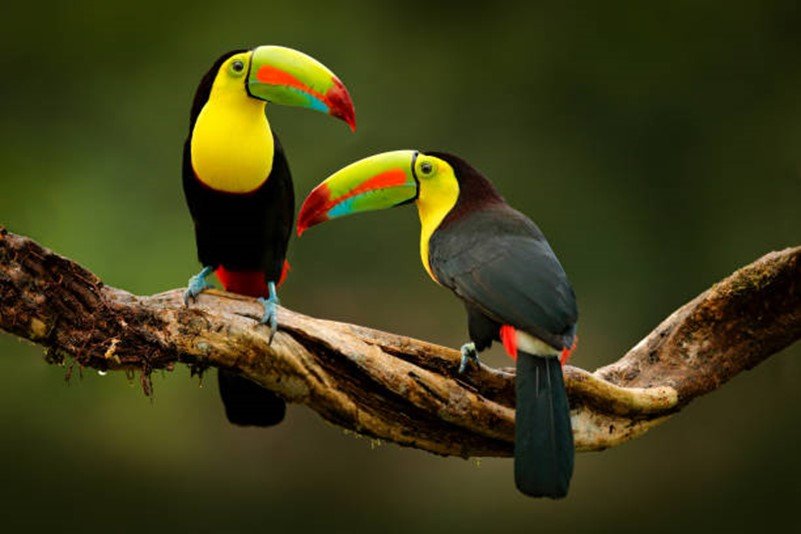
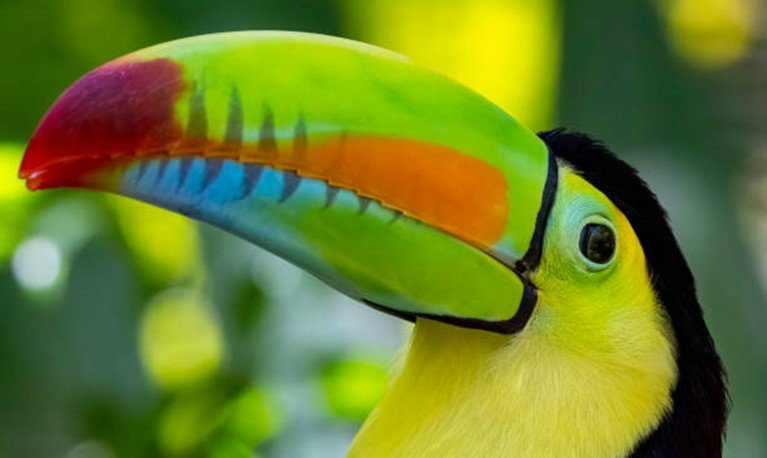
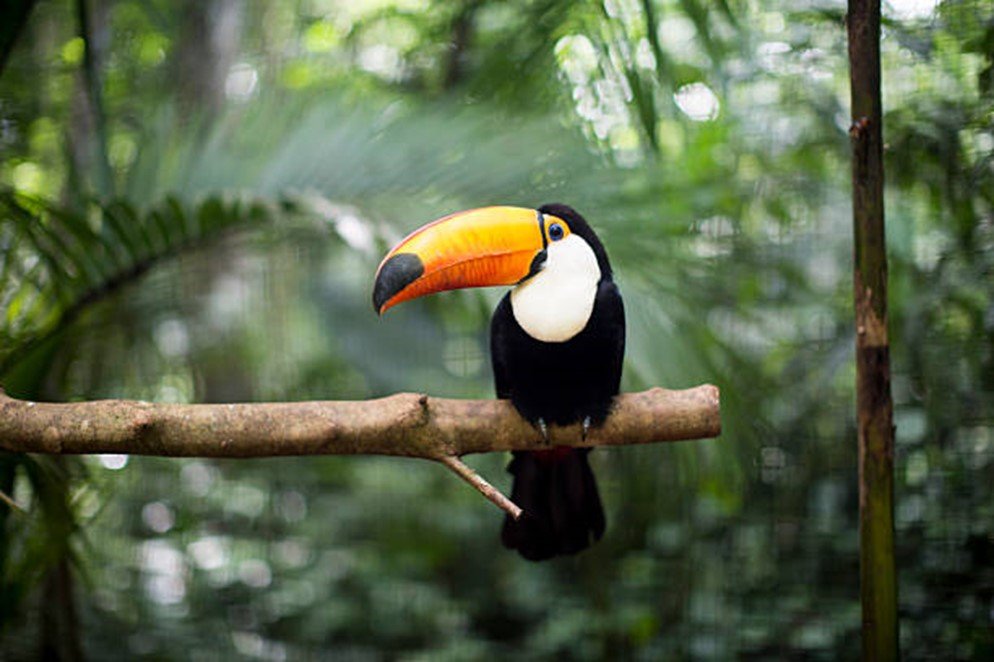
Food: Since they are predominantly frugivores, or fruit-eaters, many toucan species have an affinity for fruits. Mangoes, grapes, peaches, kiwis, pears, Bananas, apples, papayas, blueberries, strawberries, melons, ficus (figs), and other fruits are the main foods consumed by toucans in captivity. Fruit of every variety, including guava, dragon fruit, prickly pears, acai berries, guanabana, and mamey sapote, can also be consumed by them. Although they cannot stomach seeds, they enjoy these variety of fruits. They are able to sustain their high energy and metabolism to this. Some toucans only eat the fruits of certain palm species and cecropia plants. Toucans do not drink much water since most of their water demands are met by fruits and vegetables.
Environment: The ideal temperature range for the toucan is 18°C to 28°C (64ºF to 82ºF), with a high relative humidity of 60 to 85%. This is due to the fact that toucans are tropical birds that require housing that is most similar to their natural habitat. If your toucan friend’s cage lacks a cozy hollow log, it needs perches or crossing sticks.To prevent illnesses, a toucan’s aviary needs to be cleaned and hygienically maintained with extreme care, but not with regular household cleaning supplies. Make use of cleaning products that won’t hurt our feathery companions.t.
Life Span: Although there aren’t many formal research on toucan longevity, toucans typically live between 12 and 20 years. Both in the wild and in domestication, this is true; nevertheless, toucans in captivity have a somewhat longer lifespan. It is said that the oldest toucan is 26 years old, which is very attainable.
Price: These colourful birds are little pricy and the range starts between Rs 1,00,000 to Rs 5,00,000. The reality is that these birds are quite expensive and have extremely specific dietary needs. Due to the extremely low demand, they are also extremely uncommon pets. A toucan’s price will depend on a number of variables, including the species, gender, age, quality, breeder, and geographic location of the specimen.
Legality: Toucans are legal in India and is not prohibited. You must check all the necessary rules and regulations to tamp these vibrant birds.
Please note: The to keep exotic pets in India you have to follow wild the life laws and regulations which may change , and it is advisable to consult with local authorities or legal experts for the most up-to-date information on legal exotic animals in India.
FAQs
1.Are exotic pets in India allowed?
Yes, exotic animals can be kept as pets in India, but their ownership is subject to regulations outlined in the Wildlife Protection Act of 1972. Certain species are protected, and obtaining them as pets may require permits or licenses.
2. Which animals are legal to keep as exotic pets in India?
The legality of keeping exotic animals varies, and it depends on the species and their conservation status. Common exotic pets like dogs, cats, and some reptiles are generally legal. However, species protected under the Wildlife Protection Act may require special permissions.
3. How can I obtain legal permission to keep exotic pets in India?
Director General of Foreign Trade (DGFT) may receive an online application on the DGFT Portal in the required form, along with the No Objection Certificate (NOC) of the CWLW of the relevant state or territory, in order to provide a license for the import of exotic living species.
4. Are there restrictions on trading or selling exotic pets in India?
Yes, there are restrictions on trading and selling exotic animals, especially those protected under wildlife laws. Engaging in illegal wildlife trade can lead to severe penalties, including fines and imprisonment.
5. Can I own endangered or critically endangered exotic species as pets in India?
Owning endangered or critically endangered species is typically prohibited without special permission. These species are often protected under national and international conservation agreements. Before getting an exotic pets be informed about the local laws.
permission. These species are often protected under national and international conservation agreements.
6. What are the penalties for illegally keeping exotic pets in India?
Penalties for illegal possession of exotic pets in India can include hefty fines and imprisonment. Authorities may also confiscate the animals. It is crucial to be aware of and adhere to the relevant laws to avoid legal consequences. In recent law, Allahabad High Court’s ruling, an individual who voluntarily reports their exotic species stock and applies for registration under the amnesty system would be exempt from any investigation into the source of their licit purchase or ownership.
7. Are there specific guidelines for the welfare of exotic pets in India?
While there may not be specific national guidelines, pet owners are generally expected to provide adequate care, housing, and nutrition for their exotic pets. Animal welfare is an important consideration, and cruelty towards animals is prohibited under various laws.
8. Can I import exotic pets in India in personal ownership?
Importing exotic pets in India is subject to stringent regulations, and it often requires permits from both Indian and exporting country authorities. It is advisable to check and comply with all relevant regulations before attempting to import exotic animals.
9. How can I report illegal possession or trade of exotic pets in India?
Suspected illegal activities related to exotic pets in India should be reported to local wildlife authorities or law enforcement agencies. Providing detailed information and evidence can aid in addressing such issues.
10. Are there any organizations which promotes responsible exotic pet ownership?
While there may not be specific organizations solely dedicated to exotic pets in India, various wildlife conservation and animal welfare organizations in India work towards promoting responsible pet ownership and the conservation of both native and exotic species
Check out my other blogs Click here
